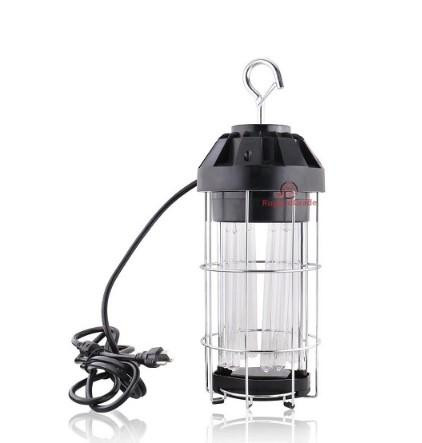LED Lights: Available Types and Various Purposes
LED lights are currently used everywhere due to their efficiency and low electricity usage while providing the desired light. That is, the energy savings of LED serves the objective and provides greater benefits than other types of lighting. Advances in LED light technology, such as the availability of numerous colors, make it easier for a user to decorate their house or office more attractively, making it the best lighting choice worldwide.
Since the invention of LED light bulbs, there has been a dramatic shift in the lighting technology business. Many people prefer LED lighting to incandescent and fluorescent lighting. This is because LEDs produce more light, emit less heat, and have a longer service life than incandescent bulbs. Even with all of these improvements, LEDs could only be employed in specific situations due to design limitations. However, as LED technology has advanced, numerous varieties of LED bulbs are now available that can be used for a certain purpose or location. With such a diverse choice of designs available, it can be tough to select the correct LED light for your home and which is best suited to your needs. To make your life easier, we have created this comprehensive guide post that lists several types of LEDs and the applications for which they're most suited. Without wasting any minutes, let's get started now with the types of LEDs.
LED strip lighting:
LED strip lights, also known as ribbon lights, are made up of a flexible circuit board that houses the LEDs. The LEDs have glue on the backside to prevent them from separating from the circuit board. These LED strip lights are extremely simple to put anywhere you wish. They can also be trimmed to different sizes and modified to fit the needed regions. Because these lights are bright and adaptable, they can be used for a variety of applications, including cabinet lights in the kitchen, ceiling lights, and conference rooms in offices, making them ideal led lights for rooms. Furthermore, these LED strip lights can operate at a low voltage. These lights are budget-friendly, which makes them a perfect choice as led lights for the home during festivals.
Motion sensor lights:
A motion sensor light turns on when motion is sensed. They can be installed both inside, on walls, ceilings, and doorways, and outdoors, on the exteriors of buildings and dwellings. Some occupancy sensors, sometimes referred to as motion-sensored lights, function by turning off lights in empty rooms and spaces.
Commercial lights:
Whether your company has an office, a warehouse, or a retail location, commercial lighting has a huge impact on how your employees or customers feel in the space. Each commercial property has varied lighting requirements, but a smart setup will always blend various types of commercial lighting to produce the best space.
Wall Lights:
Unlike traditional light bulbs, which waste 90% of their total energy as heat, LEDs waste only 5% of their total energy as heat and use the remaining 95% to emit light. Because there is so little warmth, these wall lights merely get hot when left on continuously. A broad variety of sizes, styles, and color options are offered for LED wall lights. As a result, you can select the ideal wall light for your wall and match it with your ceiling lights. Furthermore, these wall lights are simple to install on the walls, making them ideal for led lighting in the home. Wall lights can be used to add a rich aspect to indoor walls, outdoor walls, above the main doors of the house, and compound walls.
Emergency Lights:
LEDs are used not only for decoration but also as emergency lights. Emergency lights are primarily used when there is a power outage at night. Emergency lights are primarily intended to aid you in the dark and allow you to perform basic tasks. Emergency lights are often useful when there are unexpected power outages at home, in industrial regions, or in commercial buildings and stores.
LED Tube Lights:
LED tubes are smaller and more slender than standard tube lights. They are quite simple to install and offer the area an exquisite appearance. LED tube lights, unlike other types of classic tube lights, do not emit heat. LED tube lights, which are brighter than ordinary tube lights, can be used as ceiling lights in halls, other rooms, offices, and industries.
The advantages of switching to LED lights
- LED lights are more energy efficient and use less electricity than traditional lighting. LED lights can save up to 90% more energy than a standard bulb with the same light output.
- LED lights have a substantially longer lifespan than traditional lighting.
- LEDs can be combined in any shape to produce extremely efficient lighting.
- LED lights can function well in a variety of temperatures and weather conditions.
Conclusion
This is the definitive guide post on the many varieties of LED lights available on the market and their applications. So, what are you holding out for? Make the most of this post by selecting the appropriate sort of led lights. If you want to buy LED lights, make sure to check out ledlightexpert.com.
For More Info:-explosion proof lighting

Comments
Post a Comment